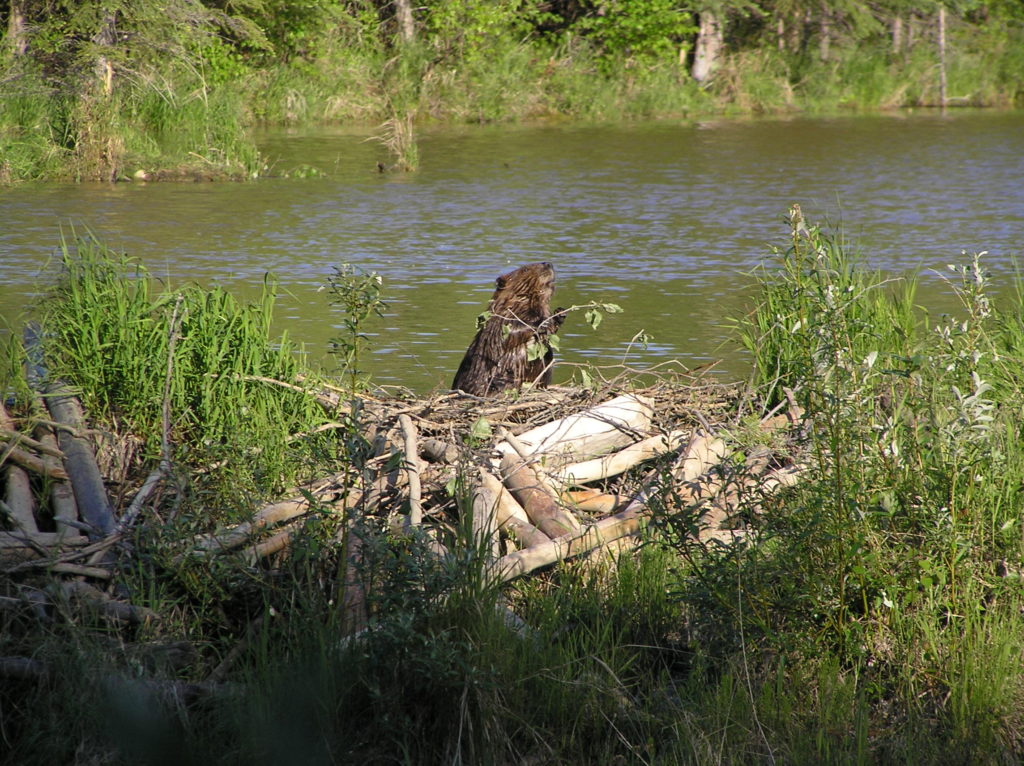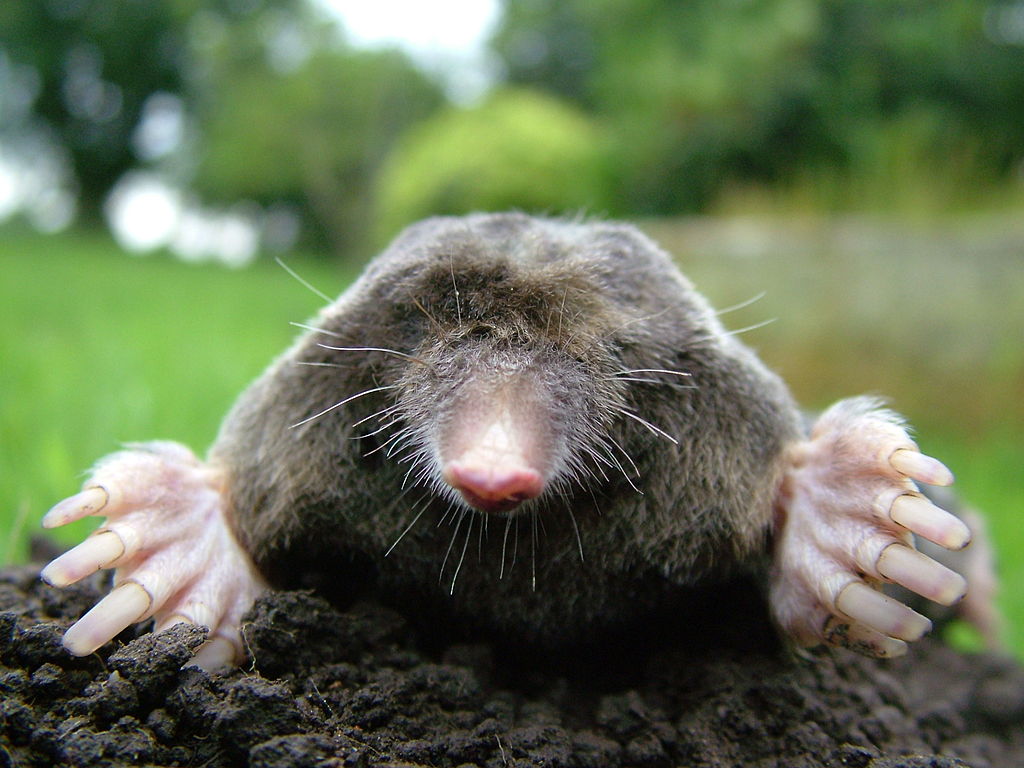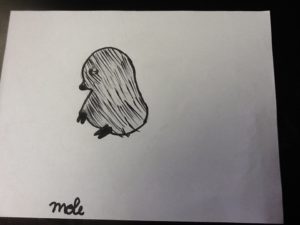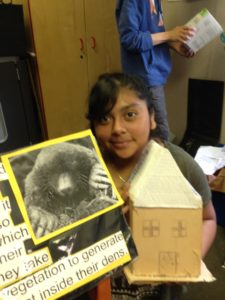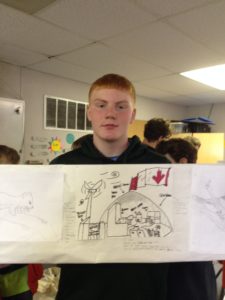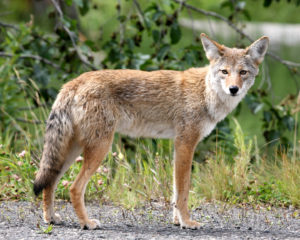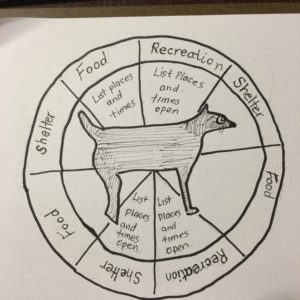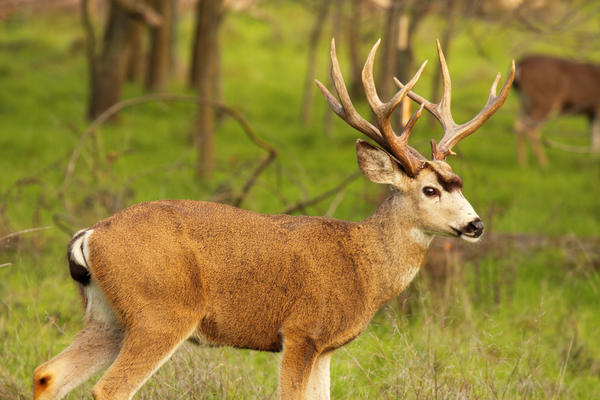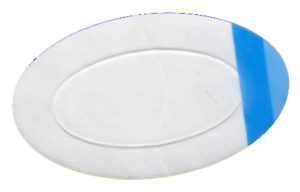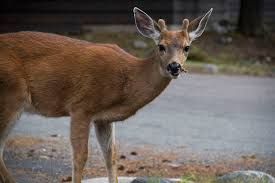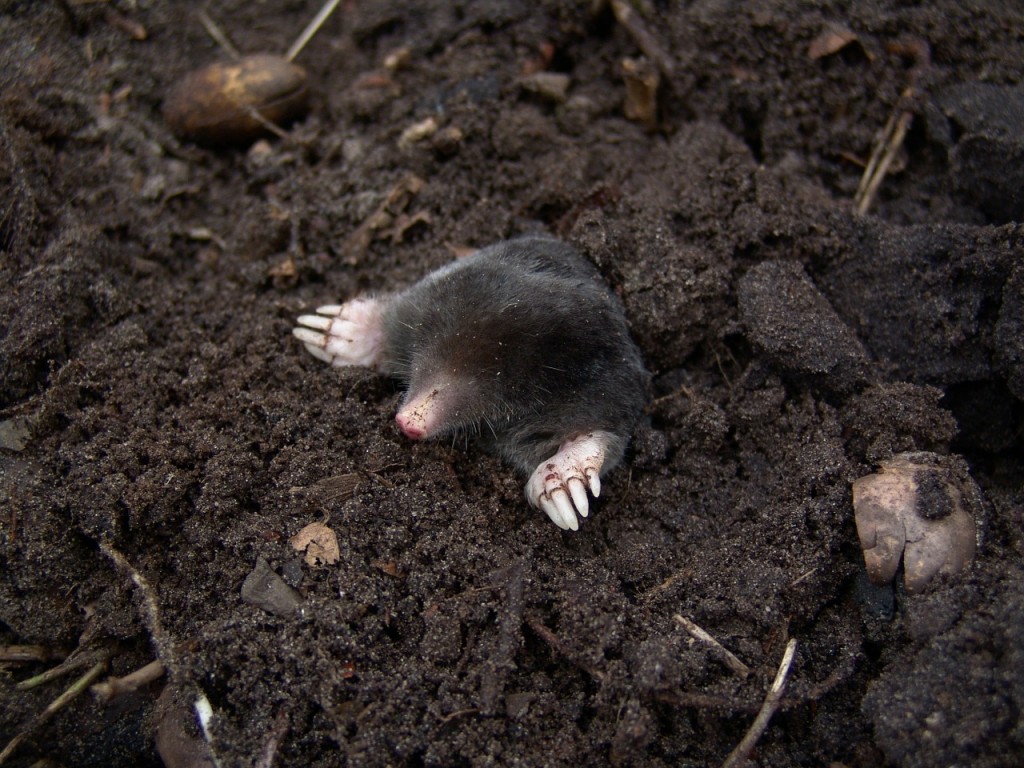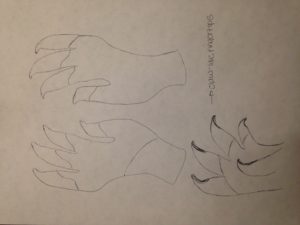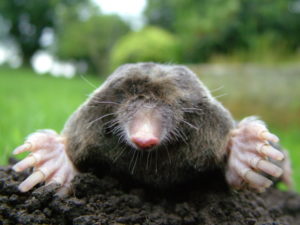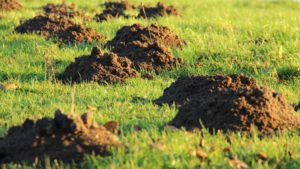Problem:
Houses are too cold in the winter and too hot in the summer.
Biomimicry Idea:
Mimic a brush rabbit. The Brush Rabbit solves this problem by growing a thicker coat when its cold and a thinner one when its warm. This helps keep the rabbit just the right temperature. Our houses will do the same thing. The insulation often gets compressed and therefore doesn’t work as well. We’ll invent a insulation fluffer-upper that fluffs up the insulation before winter and before summer. Therefore keeping our houses warmer in the winter and colder in the summer. When rabbits fluff up they shake their body. My invention will have a machine that vibrates the material, making it fluff up. This will fluff the insulation making it more efficient.
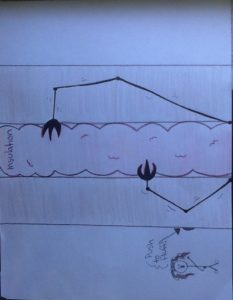 Insulation Fluffer-Upper
Insulation Fluffer-Upper
How does nature help the brush rabbit stay cool?
When a brush rabbit get too hot, its ears come into action. Their large ears release excess heat from their body to make sure they don’t over-heat. The ears release excess heat with the help of blood flow. This process is called vasodilation. Could we put bunny ears on our roof tops that expand in the heat and send some of the roof top heat back into the air.
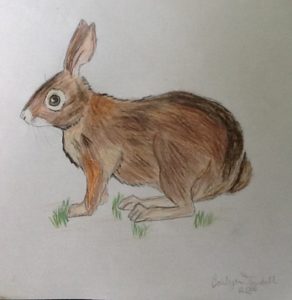


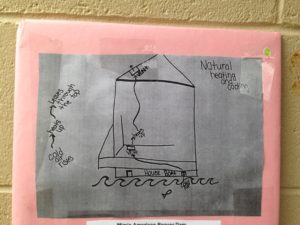
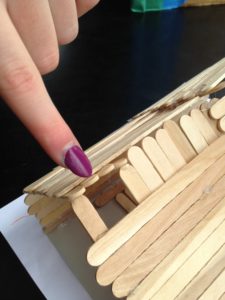 Warm air goes out the top cool air from the water goes in the bottom.
Warm air goes out the top cool air from the water goes in the bottom.